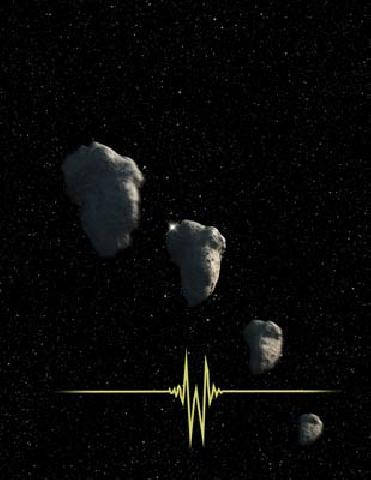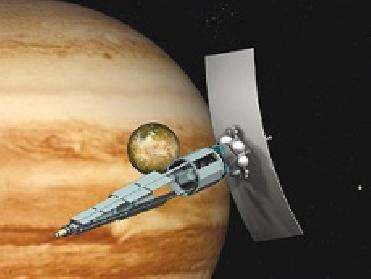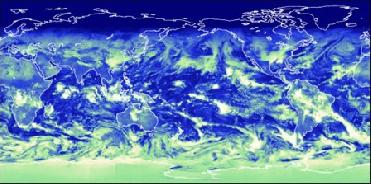
This is an artist's impression of a small Kuiper Belt Object occulting a star. NASA's Hubble Space Telescope recorded this brief event and allowed astronomers to determine that the KBO was only one-half of a mile across, setting a new record for the smallest object ever seen in the Kuiper Belt. Image credit: Hubble site
CALIFORNIA (BNS): Scientists have come across the tiniest object ever seen in visible light in the Kuiper Belt, the disk-shaped region of icy debris encircling the outer rim of Solar System beyond Neptune.
The ‘needle-in-a-haystack’ object, detected by NASA’s Hubble telescope, is only 3,200 feet across and 4.2 billion miles away.
The smallest Kuiper Belt Object (KBO) found previously in reflected light was roughly just 30 miles across, or 50 times larger, NASA said.
The latest discovery hints at the ‘collisional evolution’ of the Kuiper Belt, that is, the region’s icy content is undergoing change since the last 4.5 billion years. This is the first observational evidence for a population of comet-sized bodies in the Kuiper Belt that are being ground down through collisions.
The object is too small – around 100 times dimmer than what Hubble can see directly. Astronomers, by using the telescope’s Fine Guidance Sensors, spotted it which they report in the latest issue of Nature journal.
Hubble’s previous observation of nearby stars show that a number of them have Kuiper Belt-like disks of icy debris encircling them. These disks are remnants of planetary formation.
As per scientists’ prediction, the debris would collide over billions of year, thereby grinding the KBO-type objects down to ever smaller pieces that were not part of the original Kuiper Belt population.
 Previous Article
Previous Article Next Article
Next Article












The Indian Air Force, in its flight trials evaluation report submitted before the Defence Ministry l..
view articleAn insight into the Medium Multi-Role Combat Aircraft competition...
view articleSky enthusiasts can now spot the International Space Station (ISS) commanded by Indian-American astr..
view article